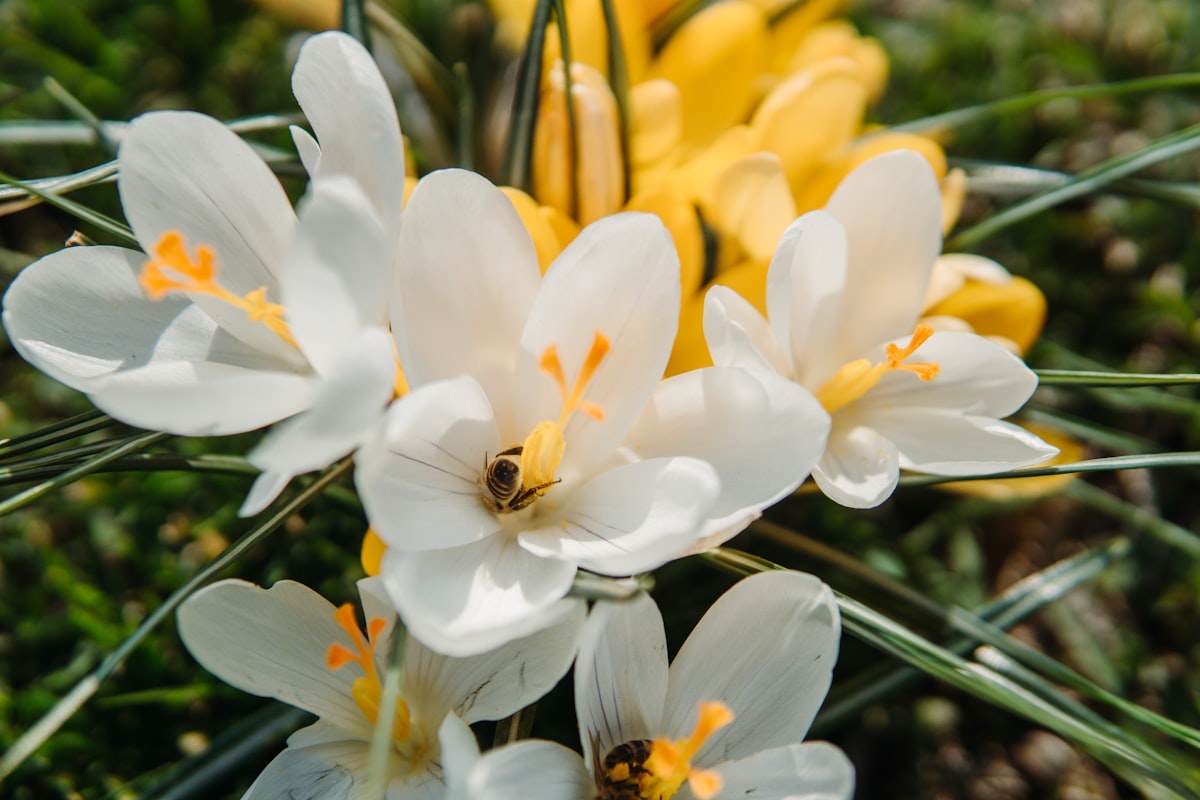Best uses of orange blossom essential oil from the bitter orange tree
The orange blossom infusion is traditionally used as a tranquilizing drink for anxiety, depression, and nervous disorders. Some people still collect the orange blossom once it comes off the tree

March is about to arrive and with it the aroma of orange blossom that emanates from the bitter orange trees (Citrus aurantium) that remain in the parks and roadsides of Hermosillo, Sonora. These trees begin to bloom a few days before spring arrives, filling the surrounding area with their perfumed aroma.
At the beginning of the 20th century, the current capital of Sonora was made up of orchards and gardens where the orange tree was grown. So emblematic of traditional is this tree that the baseball team of Hermosillo is called "Naranjeros". As time went by, with the growth and urbanization of the city, some of the "sour" orange trees were cut down. Fortunately, some are preserved in parks and gardens and some boulevard medians.
It is extremely relaxing to sit under an orange blossom, inhale the scent, and be filled with peace and tranquility. The orange blossom infusion is traditionally used as a tranquilizing drink for anxiety, depression, and nervous disorders. Some people still collect the orange blossom once it comes off the tree; they let it dry in the environment and store it to use when they have an anxiety or stress attack, so common ailments nowadays.
What is the calming power of orange blossom?
Orange blossom essential oil, also called neroli, contains a large number of volatile compounds responsible for the aroma and properties attributed to it. But those found in the highest concentration are linalool, linalyl acetate, limonene, and terpineol.
Most of the researches on this subject report that study subjects who would undergo different types of surgeries, who presented a certain level of anxiety, were exposed to the smell of the essential oil extracted from orange blossom flowers and showed a decrease in anxiety levels.
The compounds responsible for this effect turned out to be linalool and linalyl acetate. These compounds are also found in lavender flowers, albacore leaves, thyme, and coriander seed. Research also recommends the reasonable use of essential oils, as they can irritate skin, mucous membranes, and eyes.
Orange blossom essential oil has also shown antimicrobial activity against bacteria and fungi. In projects carried out by the Center for Research in Food and Development (CIAD), in which Diana López Ortiz, Ana Patricia Ibarra Valenzuela, and Elizabeth Peralta have participated, this oil has been used as an additive in corn tortillas, delaying the appearance of fungi for up to seventy days under refrigeration. In addition, because of its intense aroma, it has been incorporated into the packaging material for tortillas, so that it is gradually released during refrigerated storage, extending the shelf life by up to twenty-five days, with less effect on the taste and odor of the food.
Diana López Ortiz has found that by drying orange blossom in the sun, between 29 and 63% of the components responsible for its properties are lost. One way to maintain the linalool, linalyl acetate, and terpineol content in the flower is to harvest it fresh, freeze it, and keep it until use. So, if you are waiting for orange blossom season to make dried orange blossom, consider cutting the flower fresh and storing it in an airtight container in the freezer; you are sure to find a more pleasant flavor when making an infusion and, above all, you will be able to enjoy its calming power with greater potency.




